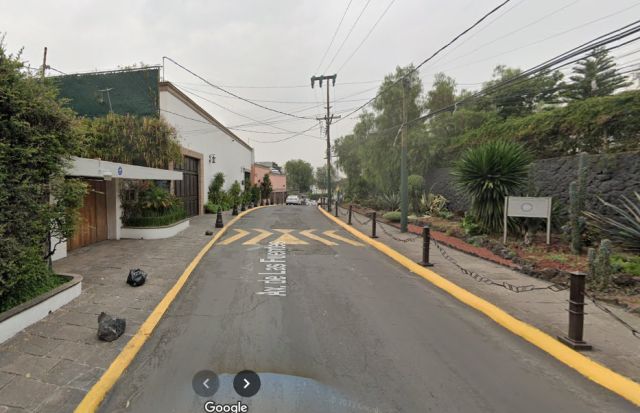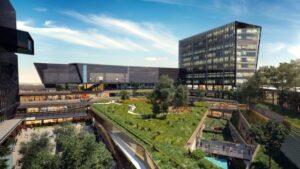Nestled within the vibrant expanse of Mexico City lies a neighborhood of profound cultural significance: Pedregal. This area stands as a testament to Mexico’s rich heritage and architectural prowess.
Here, we delve into Pedregal, exploring its historical roots, its impact on Mexican culture, and its legacy in the architecture.
Brief Overview of Pedregal, Mexico City
Pedregal, meaning “rocky terrain” in Spanish, is an emblematic neighborhood situated in the southern reaches of Mexico City. In the 1950s the architect Barragán collaborated with engineer Cuevas to develop this volcanic landscape into a residential area. Through innovative engineering and meticulous design, blending nature with contemporary architecture Pedregal has been turned into an oasis.
Importance of the Architecture in the Context of Pedregal Mexico City Culture
Pedregal stands as a symbol of Mexico’s cultural resilience and ingenuity. Its creation represented a fusion of modernist architecture with traditional Mexican elements, earning it recognition as an icon of the nation’s architectural heritage. The integration of volcanic rock, indigenous flora, and open spaces reflects a reverence for Mexico’s natural landscape. Moreover, Pedregal served as a canvas for prominent Mexican architects and artists to showcase their talents, contributing to the rich tapestry of Mexican cultural identity.
Historical Background
Pre-Modern Pedregal:
Formation of the Pedregal lava fields by the eruption of the Xitle Volcano:
Approximately 2000 years ago, the Xitle volcano erupted, covering the southern region of the Valley of Mexico with lava flows and volcanic ash. This cataclysmic gave rise to the vast Pedregal lava fields, characterized by rugged terrain and volcanic rock formations.
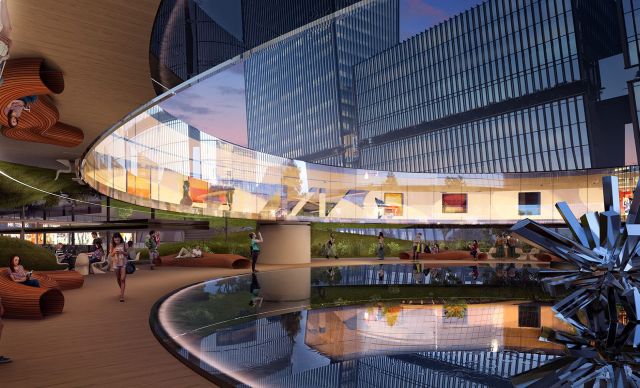
Therefore it led to the inhabitation of the area by ancient civilizations, including Cuicuilco. Despite the challenging environment, ancient civilizations recognized the agricultural potential of the Pedregal region.
Olmecs and inhabitants of Cuicuilco established settlements in the area, utilizing agricultural techniques to cultivate amidst the volcanic rocks. Cuicuilco, in particular, flourished as a major pre-Columbian city, boasting impressive architecture, including the iconic circular pyramid.
The prosperity of Cuicuilco was short-lived, as the eruption of the Xitle volcano around 1500 BCE buried the city under layers of volcanic ash and lava.
This catastrophic event led to the decline of Cuicuilco and the eventual abandonment of the Pedregal region. The area became neglected, eventually leading to the rise of other civilizations in the Valley of Mexico.
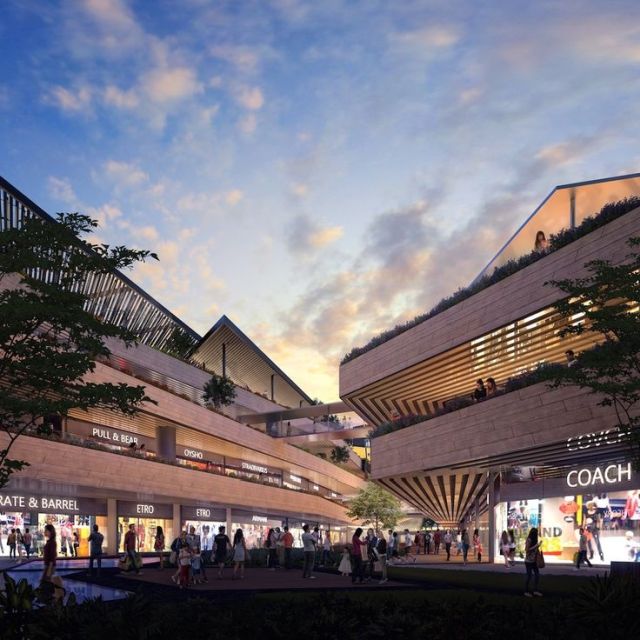
Development of Modern Pedregal Mexico City:
The mid-20th century urbanization project by Luis Barragán:
In the 1940s, Mexican architect Luis Barragán envisioned a bold urbanization project aimed at revitalizing the neglected Pedregal region.
Inspired by the area’s rugged beauty and potential for integration with modernist design principles, Barragán set out to transform Pedregal into a modern residential enclave that celebrated its natural surroundings.
Collaboration with other renowned architects and artists:
Barragán collaborated with urban planner José Cuevas, architect Juan Sánchez, and artist Mathias Goeritz to realize his vision. Combining their talents to create a cohesive and harmonious urban environment. This resulted in innovative architectural designs, green spaces, and art installations that defined the character of modern Pedregal.
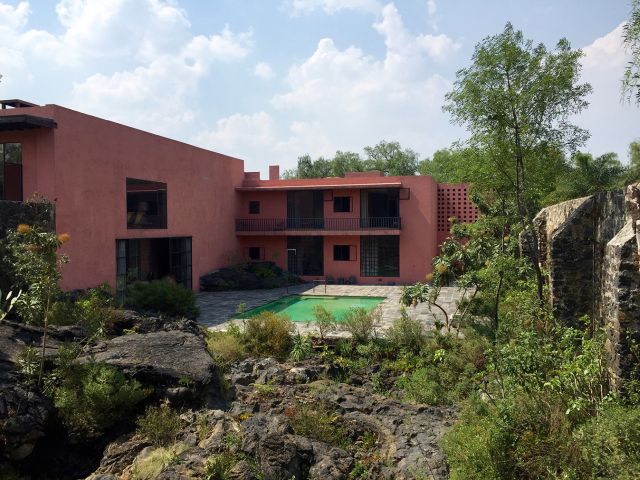
Over the decades, Pedregal evolved into one of Mexico City’s most prestigious residential neighborhoods. Barragán’s innovative designs, combined with careful planning and meticulous landscaping, attracted affluent residents seeking a harmonious blend of modern amenities and natural beauty. Today, Pedregal is renowned for its upscale homes, lush gardens, and tranquil streetscapes, embodying the vision of its visionary creators and serving as a testament to Mexico’s architectural heritage.
Luis Barragán's Vision and Modernist Legacy:
At the heart of Pedregal’s architectural significance lies the visionary approach of Luis Barragán. Whose innovative designs transformed the landscape into a living masterpiece.
Barragán’s integration of modernist principles with traditional Mexican elements elevated Pedregal to the status of a modernist mecca. Thus, leading an inspiring and new era of Mexican architecture.
Notable structures like Casa Prieto Lopez and Plaza de las Fuentes serve as iconic examples of Barragán’s design. While showcasing his mastery of space, form, and color.
These architectural gems, represent the enduring legacy of Barragán’s vision and the broader modernist movement in Mexico.
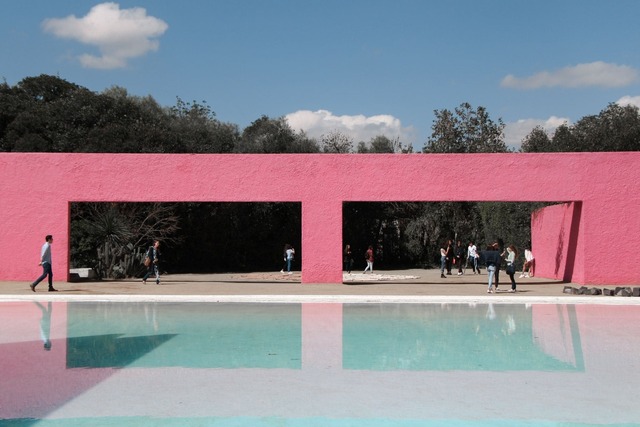
Despite Pedregal’s architectural significance, the neighborhood faces challenges related to urban transformation and preservation. Efforts to restore and maintain the integrity of Barragán’s designs are ongoing, with local collectors, enthusiasts, and residents playing a crucial role in preservation initiatives. By balancing modern needs with architectural integrity, Pedregal strives to uphold its cultural heritage while embracing the future of urban living.
Cultural and Social Impact about Pedregal Mexico City
Pedregal’s cultural significance transcends its architectural marvels, serving as a vibrant hub for artistic and intellectual discourse throughout its history.
Pedregal captured the imagination of Mexico City’s cultural elite. In the 1930s, the area attracted a diverse array of artists, writers, and intellectuals seeking inspiration amidst its rugged landscape.
The spirit of Pedregal provided a ground for creative experimentation, fostering a sense of community among its residents. Consequently Pedregal played a pivotal role in shaping Mexico’s cultural identity and embracing modernity.
Through its innovative architecture, Pedregal challenged traditional notions of urban planning and architecture, bringing a new era of Mexican modernism.
The neighborhood’s mix of artistic influences and cultural heritage reflected Mexico’s rich tapestry of traditions. Additionaly inspiring a sense of pride and belonging among its inhabitants. By the time, Pedregal evolved into an upscale residential enclave, became a magnet for Mexico City’s social and political elite.
The allure of Pedregal’s lush landscapes, luxurious amenities, and architectural splendor attracted affluent residents seeking prestige and exclusivity.
The neighborhood’s elite inhabitants played a role in shaping its social fabric. As a result, contributing to its reputation as a symbol of wealth and status in Mexican society.
Contemporary Developments for Pedregal Mexico City
One of the most significant contemporary developments in Pedregal is the emergence of mixed-use projects such as ARTZ Pedregal.
This innovative complex integrates retail, dining, entertainment, and cultural spaces, providing a dynamic environment for residents and visitors alike.
ARTZ Pedregal represents a harmonious fusion of modern amenities with Pedregal’s natural beauty. Overall offering a glimpse into the future of urban living in Mexico City. Simultaneously, in response to the evolving needs of its residents, Pedregal prioritized efforts to enhance urban quality and public spaces.
Initiatives such as pedestrian-friendly streetscapes, green infrastructure projects, and community-oriented developments have sought to foster a sense of connection and belonging among Pedregal’s diverse population.
These efforts underscore the neighborhood’s commitment to sustainable urban development and inclusive design principles.
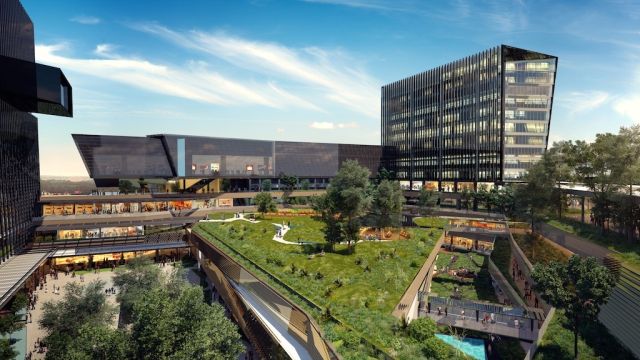
The balance between modern needs and architectural integrity: As Pedregal continues to evolve, preserving its architectural integrity remains paramount. The challenge lies in striking a balance between modern needs and the preservation of Pedregal’s historic character.
Through careful planning, adaptive reuse, and sustainable design practices, stakeholders in Pedregal are working to ensure that future developments honor the neighborhood’s rich cultural heritage while meeting the demands of contemporary urban living.
By embracing innovation while respecting tradition, Pedregal is poised to remain a cultural and social beacon for generations to come.
Challenges to Preserve Pedregal Mexico City and it's Nature
Urban Transformation and Threats:
Pedregal faces a myriad of challenges stemming from urban transformation and modernization, posing threats to its cultural and architectural heritage. Surprisingly over the years, Pedregal has witnessed urbanization and demographic shifts that have posed threats to its historic fabric. Rapid development, population growth, and infrastructure projects have placed pressure on Pedregal’s delicate ecosystem, concerning about environmental degradation. Additionally, the aging infrastructure and neglect of certain areas have contributed to the deterioration of Pedregal’s architectural heritage.
Although there are efforts to restore and maintain the integrity of Barragán’s designs. In response to the threats, efforts have been made to maintain the integrity of Luis Barragán’s designs in Pedregal.
Preservation initiatives, led by local authorities, cultural institutions, and community organizations, aim to safeguard the neighborhood’s iconic structures.
Restoration projects focus on preserving Barragán’s original vision while implementing modern technologies and sustainable practices to ensure the longevity of Pedregal’s architectural treasures.
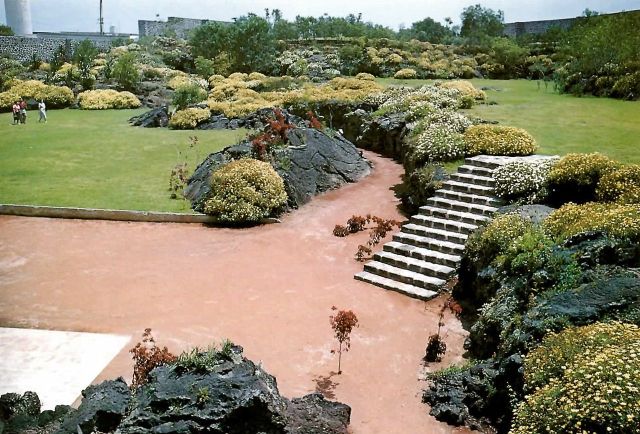
The role of local collectors and enthusiasts in preservation: Local collectors, enthusiasts, and residents play a crucial role in the preservation of Pedregal’s cultural heritage.
Through their advocacy, activism, and financial support, they contribute to the protection and promotion of Barragán’s designs and the broader architectural legacy of Pedregal. Collectors acquire and preserve artifacts, documents, and artworks related to Pedregal’s history, while enthusiasts organize tours, exhibitions, and educational programs to raise awareness about its cultural significance.
Their grassroots efforts serve as a bulwark against the forces of urbanization and commercialization, ensuring that Pedregal’s heritage remains intact for future generations to cherish and appreciate.
Conclusion about Pedregal Mexico City
Pedregal Mexico City in its Origins
In summary, Pedregal, Mexico City, stands as a beacon of cultural significance, weaving together a tapestry of history, architecture, and community that enriches the fabric of Mexican identity.
Throughout its storied past, Pedregal has evolved from ancient volcanic terrain to a modernist masterpiece, leaving an indelible mark on Mexican culture and architecture.
Its pre-modern origins, marked by the rise and fall of ancient civilizations, set the stage for its transformation in the mid-20th century into a vibrant residential enclave.
Pedregal Mexico City in the Modern Times
Under the visionary leadership of architects like Luis Barragán, Pedregal emerged as a symbol of Mexico’s cultural resilience and architectural prowess, blending modernist design principles with traditional Mexican elements to create a harmonious urban landscape.
As Pedregal looks to the future, it confronts a host of challenges and opportunities. Urban transformation and demographic shifts pose threats to its cultural heritage, yet concerted preservation efforts seek to safeguard its architectural treasures for generations to come.
The ongoing balance between modernization and preservation reflects Pedregal’s dynamic spirit, rooted in a deep reverence for its past while embracing the promise of the future.
Its lush gardens, avant-garde structures, and vibrant community continue to inspire awe and admiration, serving as a testament to the enduring legacy of its visionary creators.
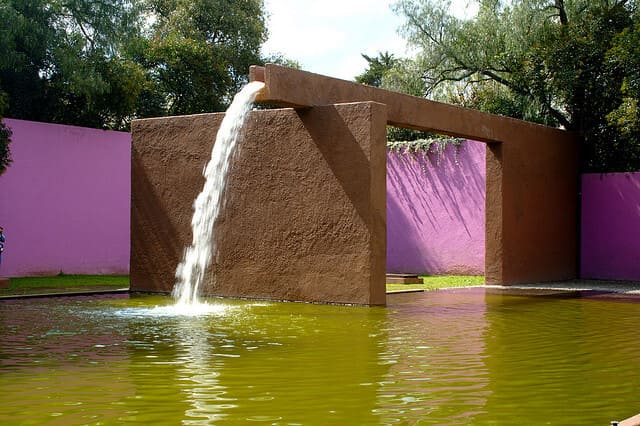
Cultural Hub
Despite the passage of time, Pedregal remains a vibrant cultural hub within the bustling metropolis of Mexico City. Its rich history, architectural significance, and artistic legacy continue to captivate residents and visitors alike, offering a glimpse into Mexico’s cultural tapestry.
Pedregal’s allure lies not only in its physical beauty but also in its ability to foster a sense of belonging and connection among its inhabitants.
As Mexico City continues to evolve, Pedregal stands as a steadfast reminder of the enduring power of culture, community, and creativity in shaping the urban landscape.
Its ongoing relevance serves as a beacon of hope and inspiration for future generations, ensuring that Pedregal’s legacy will endure for years to come.
Let's Explore Pedregal Mexico City Together!
Experience the breathtaking beauty of Pedregal from a whole new perspective! Elevate your journey with our helicopter service and soar above the stunning landscapes of Pedregal.
Book your helicopter tour now for an unforgettable adventure filled with awe-inspiring views and unforgettable memories. Don’t miss out on this once-in-a-lifetime opportunity to see Pedregal from the skies!
